
César Guala Catalán, Director, Austral Patagonia Program, Universidad Austral de Chile. Rayén Catrileo Herrera, Research Associate, Austral Patagonia UACh Program.
Like most countries around the world, Chile has undertaken the international commitment of effectively protecting its biodiversity, understanding that beyond increasing the surface area under official protection what is needed is to prove that such areas are subject to optimal management to meet their stated goal: conservation.
Challenges such as the effective protection and management of at least 30% of terrestrial areas and continental, coastal, and marine waters by 2030 (the 30×30 target agreed upon during the last COP15 under the Convention on Biological Diversity (CBD)), makes us shift our gaze towards protected areas, as we know for sure that their management is far from efficient. The question at hand is, hence, efficient according to what or who?
There are several tools at the global level to measure protected area management, included those based on the definition of conservation standards. However, one of them stands out on account of being the most demanding and modern: the Green List of Protected and Conserved Areas of the International Union for the Conservation of Nature (IUCN).
This certification system for protected and conserved areas that achieve adequate management uses the benchmarks of the Green List international standards that each interested country must adapt to its local reality. The Green List’s thoroughness has been recognized by the CBD as a valid tool to validate the effective conservation of the biodiversity and cultural assets of a country’s protected areas, and is promoted as such.
The good news is that, a few days ago, the IUCN announced that our country has its Green List national standard in place, resulting from the efforts by the Expert Assessment Group for the Green List (EAGL Chile). This means that the country is officially prepared for any of its protected and conserved areas –both public and private– to be assessed under this standard to then apply for certification and access to the world’s Green List of Protected and Conserved Areas.
That was impossible before this milestone, as the Green List system was not completely installed in Chile. It had been initiated by the National Forestry Service (CONAF) in 2020, with the support of the Austral Patagonia Program of Universidad Austral de Chile and The Pew Charitable Trusts, through an internal self-assessment exercise of 24 national parks aimed at learning about the management gaps within the National System of State-Protected Wilderness Areas (SNASPE) and identifying improvement opportunities.
The exercise concluded that two parks (Cerro Castillo, in the Aysén Region, and Vicente Pérez Rosales, in the Los Lagos Region) were closest to achieving the Green List standard; therefore, they were chosen to apply to the system. The dream for which both parks’ rangers and administrators have been working hard –with more passion and heart that resources– was to eventually join the list of 61 areas around the world that currently make up the Green List of Protected and Conserved Areas.
If meeting the Green List standard and obtaining the relevant certification is a guarantee that things are being done correctly in terms of conservation, Chile has a powerful tool to show that it is approaching targets such as the 30×30, not on account of considerably increasing the terrestrial and marine surface areas under protection on a map, but by actually managing and preserving them. This is fully consistent with and complements national conservation standards, such as the one prepared a few years ago by the Ministry of the Environment in terms of private conservation.
As stated in the CBD, what is at stake couldn’t be more crucial: nature in the planet is experiencing a dangerous decline as a result of human activities; this calls for urgent actions to curb and revert this trend. Undoubtedly, meeting the Green List standard is one of them.
We already took one first step towards that goal, a major step indeed. However, from now on the state needs to acknowledge the value of this tool and promote its use in order to meet the international commitments made; but above all, the commitments and duties we have as a society and human beings with nature and local communities.









